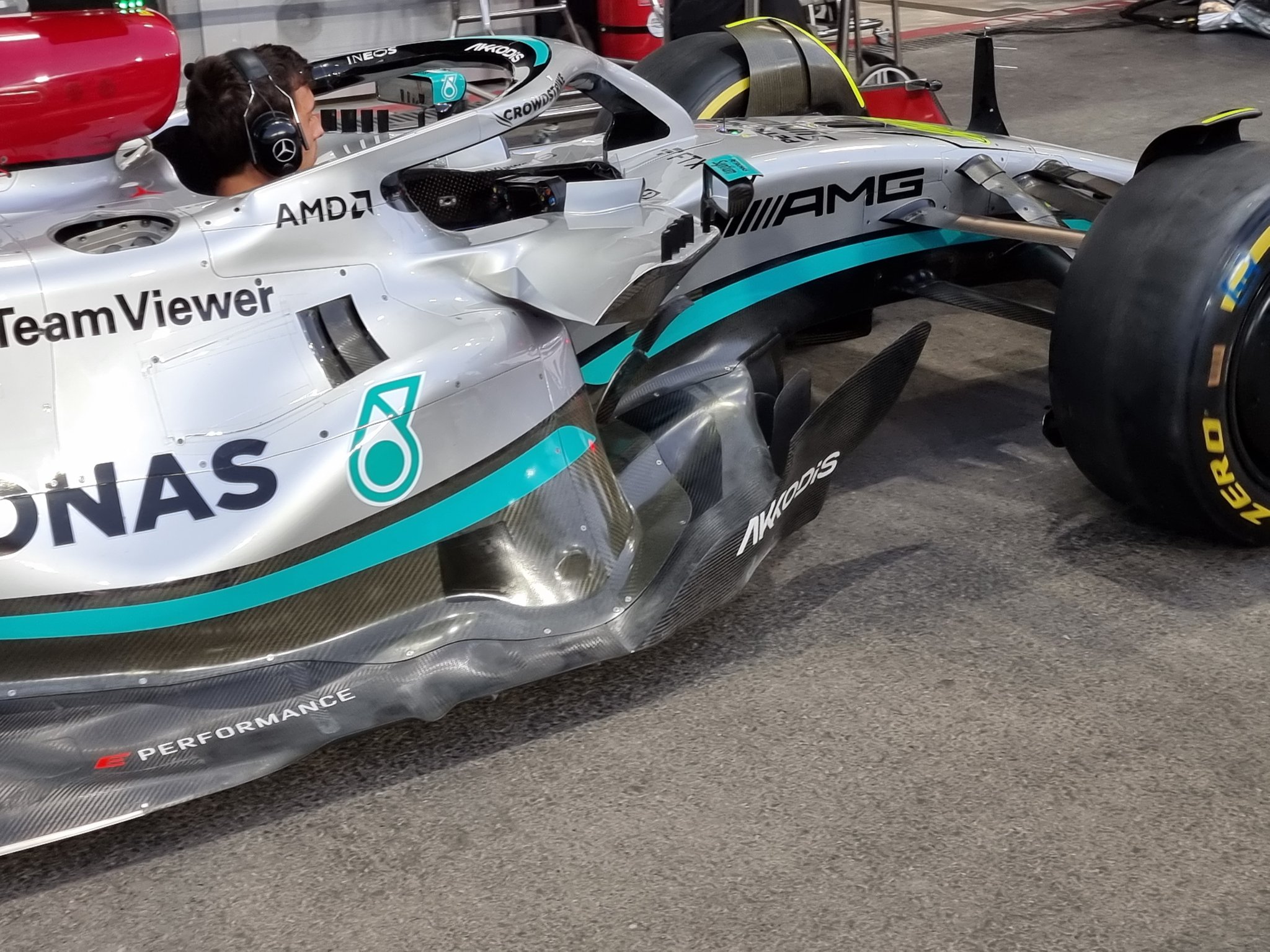matteosc wrote: ↑24 Mar 2022, 18:25
At least two teams showed it clearly and no one protested. In several link that I posted before (even if not from the official regulation page) it is directly stated that a spring/damper system was allowed for the t-tray.
During the course of F1 history several things have been allowed by the rules for non trivial periods of time before the fia changed their mind, or someone posed a question, or pretested. The mass damper and Fric are good examples.
matteosc wrote: ↑24 Mar 2022, 18:25
I cannot see on which bases you say it is not legal or why you keep calling it mass damper, which is a completely different thing. Not every system with a mass and a damper is a "mass damper"...
The rule any team implementing such a device must be very mindful of is this one.
3.2.2 Aerodynamic Influence
With the exception of the driver adjustable bodywork described in Article 3.10.10 (in addition
to minimal parts solely associated with its actuation) and the flexible seals specifically
permitted by Articles 3.13 and 3.14.4, all aerodynamic components or bodywork influencing
the car’s aerodynamic performance must be rigidly secured and immobile with respect to
their frame of reference defined in Article 3.3. Furthermore, these components must produce
a uniform, solid, hard, continuous, impervious surface under all circumstances.
Any device or construction that is designed to bridge the gap between the sprung part of the
car and the ground is prohibited under all circumstances.
With the exception of the parts necessary for the adjustment described in Article 3.10.10, or
any incidental movement due to the steering system, any car system, device or procedure
which uses driver movement as a means of altering the aerodynamic characteristics of the
car is prohibited.
The Aerodynamic influence of any component of the car not considered to be bodywork must
be incidental to its main function. Any design which aims to maximise such an aerodynamic
influence is prohibited.
Based purely on its location this part of the car has a impact on the aerodynamic performance of the car. Given thats its has a dampening element it's obviously not immobile.
Thus if anyone can prove its designed to alter the aerodynamic performance of the car positively in certain situations it's going to get banned almost immediately. If, and how it might affect the performance of the car, is something that will take the competition time to figure out.
A simple example of a positive aerodynamic influence would be that it helps minimize poprusing!




